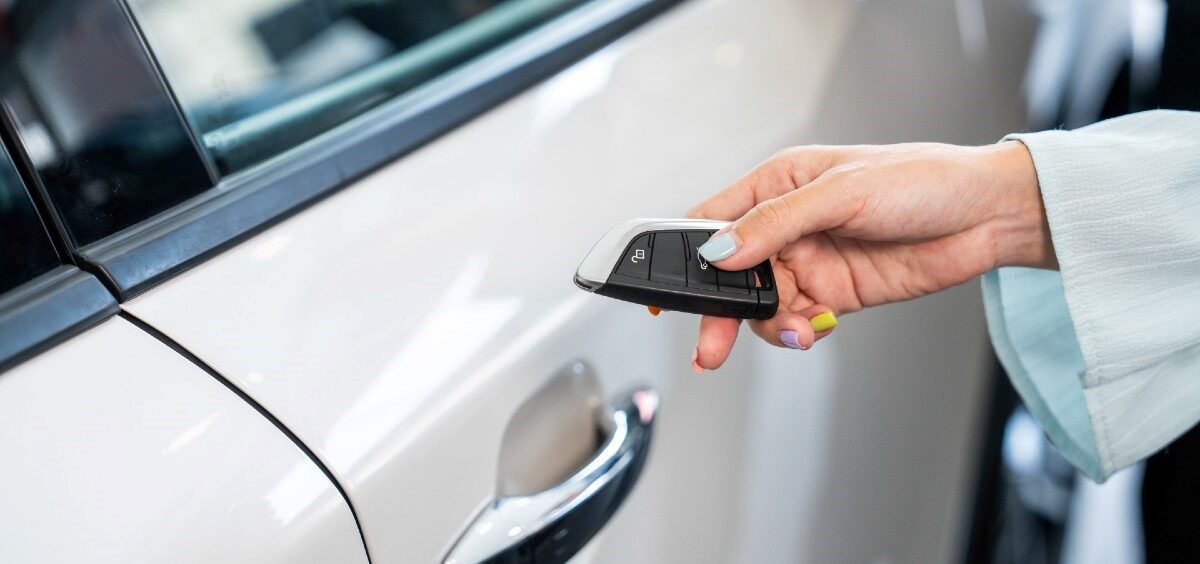Thieves are increasingly using electronic devices to access vehicles via their OBD ports, enabling them to steal cars without a key.
Victoria Police data has shown that 20 per cent of car thefts in 2024 were stolen using this method, the club says.
RACV General Manager Motoring Products Jeff Ames explained how offenders were targeting modern vehicles.
“By connecting unauthorised devices to a vehicle’s OBD port, a thief can communicate directly with the car’s engine control unit, allowing them to program a new key or start the engine without the original key,” Ames explains.
In addition, the RACV says, drivers need to be aware of ‘relay theft’ where thieves use a device to amplify a signal from your car key to trick the car into unlocking and starting.
“As vehicle technology advances, so do the methods employed by criminals, so it’s crucial for motorists to be aware of these tactics and take appropriate steps to protect their vehicles.”
RACV recommends installing OBD port locks to prevent push-start car theft; the OBD lock physically secures the port.
“An OBD lock is a simple yet effective tool that can significantly reduce the risk of theft by blocking access to the port,” Ames says.
INSTALLING AN OBD PORT LOCK
OBD port locks are easy to install yourself, the RACV says. OBD port locks are cheap and readily available from auto shops and vehicle anti-theft websites. An OBD lock kit, a screwdriver, and possibly a socket set is needed depending on your vehicle model.
To ensure a successful installation, the RACV says —
- turn your vehicle off and remove any keys; locate the OBD port in your car (usually under the dashboard near the driver’s seat);
- gently remove any panels or coverings over the port;
- secure the lock in place over the port, following the instructions from your lock kit;
- reattach the panels or coverings removed earlier;
- test your installation by attempting to connect to the OBD port with a diagnostic tool. The lock should prevent access.
The RACV also recommends you:
- Secure your key: Keep your vehicle keys away from doors and windows to prevent relay attacks, and keep valuables out of sight.
- Steering wheel locks or wheel clamps: They can serve as visible deterrents.
- Stay informed: Regularly update your vehicle’s software with a registered mechanic and be aware of any manufacturer recalls or security updates.
“By staying vigilant and implementing these security measures, vehicle owners can significantly reduce the risk of theft,” Ames says.






